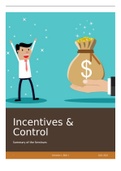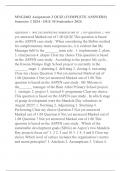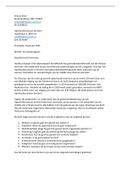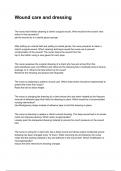College aantekeningen
Incentives & Control - Seminars questions & Answers
!!You can get a discount when buying both my Incentives & Control documents, which are the lectures + seminars!! Do Note: Not all the questions are answered by the teacher, because of time limitations. This is especially the case with 4.2, where a more general answer is given. You can find in...
[Meer zien]









